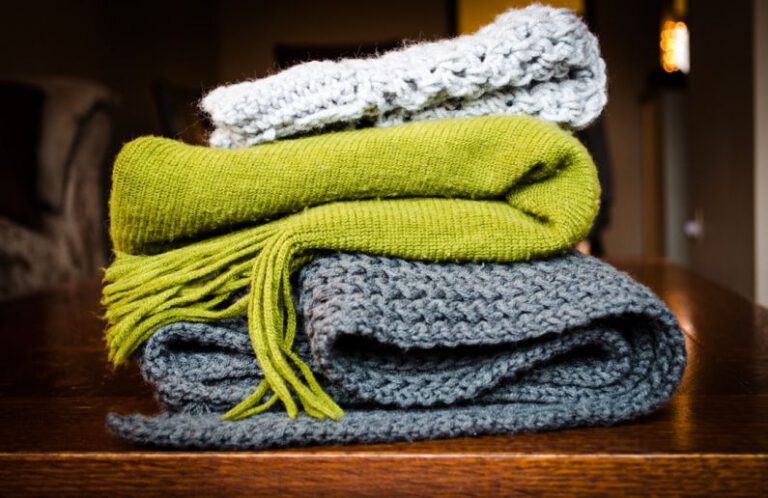Managing and Storing Seasonal Footwear
As the seasons change, so does our footwear. From sandals and flip flops in the summer to boots and sneakers in the winter, our collection of shoes can quickly become a disorganized mess. But fear not, with a few simple tips and tricks, you can easily manage and store your seasonal footwear, keeping it in pristine condition and ready for the next time you need it.
Sort and Declutter
The first step in managing your seasonal footwear is to sort and declutter. Start by taking all of your shoes out of their storage areas and laying them out in a designated space. This will allow you to see exactly what you have and assess the condition of each pair. As you go through your shoes, ask yourself if you have worn them in the past year. If the answer is no, it may be time to donate or sell them. Only keep the shoes that you love and wear regularly.
Clean and Repair
Before storing your seasonal footwear, it’s important to clean and repair any damage. Use a soft brush or cloth to remove dirt and debris from the surface of your shoes. For stubborn stains, you can use a gentle soap or cleaner. Once your shoes are clean, inspect them for any signs of wear and tear. If you notice any loose threads or broken soles, take the time to repair them before storing. This will help prolong the life of your shoes and ensure they are in good condition when you need them next.
Invest in Proper Storage Solutions
One of the key elements in managing and storing seasonal footwear is having the right storage solutions. Investing in proper shoe storage will not only keep your shoes organized but also protect them from damage. Consider using clear plastic boxes or shoe organizers with individual compartments for each pair. This will allow you to easily see and access your shoes while keeping them dust-free. If you have limited space, you can also use over-the-door shoe organizers or hanging shoe bags to maximize vertical space.
Rotate and Store
Once you have sorted, cleaned, and repaired your shoes, it’s time to rotate and store them. Start by identifying the shoes that are currently in season and will be worn regularly. These shoes should be kept within easy reach, either in your closet or by the front door. For the out-of-season shoes, pack them neatly in their designated storage containers. To protect your shoes from moisture and odors, consider adding silica gel packets or scented sachets to the boxes. Remember to label each box with the contents or take photos of the shoes inside for easy reference.
Maintain and Refresh
Managing and storing seasonal footwear is an ongoing process. To keep your shoes in top shape, it’s important to maintain and refresh them regularly. This includes cleaning and polishing your shoes before storing them and inspecting them periodically for any signs of damage or wear. If you notice any issues, address them promptly to prevent further damage. Additionally, consider rotating your shoes every few months to prevent them from becoming misshapen. This will help extend the lifespan of your shoes and ensure they are always ready to wear.
In conclusion, managing and storing seasonal footwear doesn’t have to be a daunting task. By sorting, decluttering, cleaning, and repairing your shoes, investing in proper storage solutions, and maintaining and refreshing your shoes regularly, you can keep your footwear collection organized and in excellent condition. With these tips, you’ll never have to search for a missing shoe or deal with damaged footwear again. So go ahead, take control of your shoe collection and enjoy having easy access to the perfect pair for any season.






